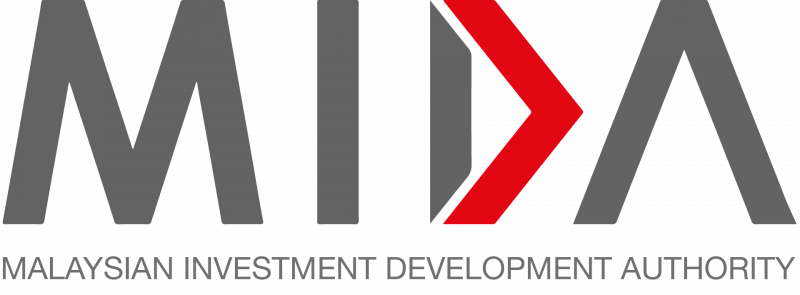The ongoing United States-China trade tension has prompted the relocation of data centres to emerging markets like Malaysia, benefitting other sectors across the value chain, said Moody’s Ratings vice-president and senior credit officer, Nidhi Dhruv.
She noted that this shift is expected to have a positive impact on sectors such as telecommunications, real estate, semiconductors, heating and cooling system providers, and computing equipment manufacturers.
“When we look a little bit further, mining companies that focus on future-facing commodities such as copper would also benefit from this activity,” Nidhi said during the ‘Asia Pacific (APAC) Data Centres – Rapid Expansion Offers Benefits for Property and Telco Sectors’ webinar today.
The webinar was part of Malaysia Rating Corp Bhd’s two-day Malaysian Bond and Sukuk Conference 2024: Charting the Course for Malaysia’s Economic Future, with Moody’s Ratings being the event partner.
Currently, the data centre capacity in APAC stands at over 10,500 megawatts (MW), and is expected to grow to 24,800MW by 2028, with key markets being China, Japan, Australia, India and Singapore.
From a global viewpoint, Nidhi said that data centres in APAC account for approximately 30 per cent of the worldwide capacity development planned over the next five years, requiring an estimated investment of more than US$564 billion by 2028.
“There is already a robust development pipeline of around 4,400MW under construction, which we anticipate would be completed by year-end,” she added.
On the readiness of the APAC data centre market, she said Moody’s had looked at several factors, including cloud infrastructure presence, land availability, subsea cable connectivity, data localisation requirements, and governance.
“Governments across the region have introduced a variety of policies and initiatives that directly or indirectly promote investments in local data centres.
“These measures include tax relief, subsidies, preferential electricity rates, and a reduction in import duties, and Malaysia particularly scores high on government support,” she added.
Meanwhile, Spencer Ng, Moody’s vice-president – senior credit officer for Public, Project and Infrastructure Finance, said that rapid expansion in data centres will also have a positive impact on the utility sector in the long run, given the need for additional power to meet data centre demands.
“Power grid operators will also need to invest in network expansion and strengthening to support power delivery.
“Based on the power usage efficiency ratio of 1.2 times, we expect incremental power requirement of about 5.3 gigawatts across APAC on an unconstrained basis.
“In markets where data centre operators are looking to power their facilities with green power, we could see additional investments for renewable projects as well,” he said.
On Malaysia’s renewable energy, Ng said that Moody’s expects the power requirement for data centres to double to about 500 MW in the next two years, which sounds manageable, given the current power reserve margin of about 30 per cent.
He added that these new investments will add to the substantial investments already necessary for the net zero transition, and further expansion will be crucial.
Source: Bernama
Data centre relocation to emerging markets like Malaysia a boost to multiple sectors
Content Type:
Duration:


